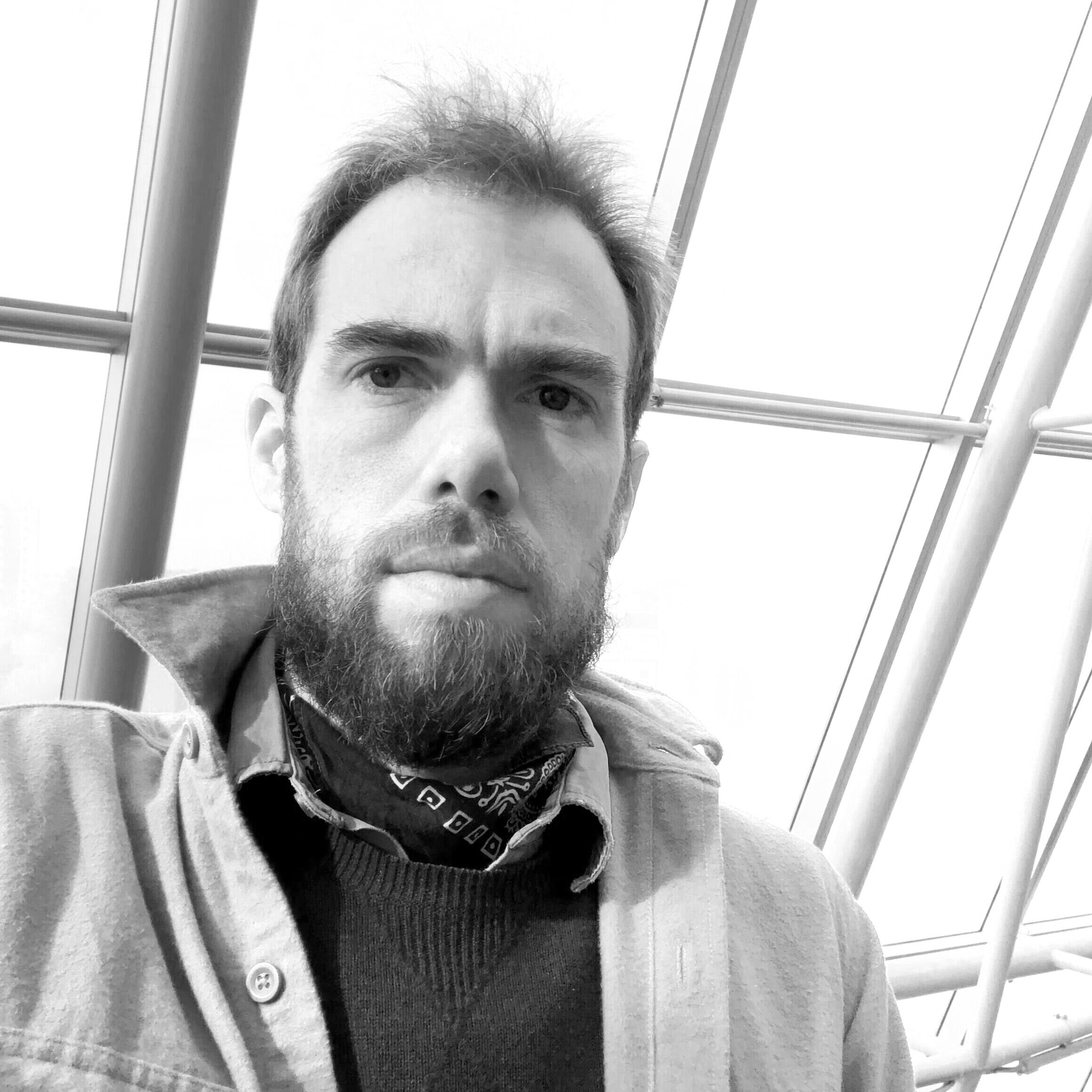Kristian Bjornard
Website
Currently not available for work
Climate Designer teaching the interconnectedness of all things
Educator / Designer / Sustainabilitist / Open-Sourcerer
Kristian Bjørnard is a professor of Graphic Design at the Maryland Institute College of Art. He lives in Baltimore, MD with his wife and two children in an old stone house they're trying to make energy efficient. He's made biodiesel, helped his wife run a vegetable farm, and is now converting his family's small yard into a permaculture orchard. When he isn't sequestering carbon and free(ing) culture, Kristian designs identities; algorithmic tools; and books, magazines, and digital publications for a variety of clients. Whatever the output, Kristian sees every project as an opportunity to create signs signaling sustainability.
Projects
GA-EE
These book projects — Green Acres & Ecovention Europe — focus on reducing waste and resource use in book production. Both utilized semi-local print-on-demand services & best practices in speccing recycled paper stocks, etc.
Green Acres was designed for an art exhibition featuring artists using farming as their practice. The design of Green Acres contrasts the visual language of industrial agricultural practice with the works of the artist farmers.
When it was time for the Ecovention Europe show catalog, the curator, Sue Spaid, asked me to work with her again. In an effort to continue to reduce resources, I thought about creative inputs as a type of resource; and thought this was an opportunity to apply some of the principles of vernacular building evolution to one of my graphic design projects.
The page size, grid, and type selection were reused from Green Acres. Issues apparent in the original design (e.g.: tons of ink coverage; unnecessary decorative elements; wasted page space) were reconsidered and updated.
Ecovention Europe, while containing much more written content, used only marginally more pages due to maximizing words on a page as a design goal. While the choice to use colors for delineating sections was still used, the goal of minimizing ink coverage was used to select the colors (and to generate the map graphics for section dividers). Bitmapped images with no actual "filled" areas were used, as well as color mixes that never added up to more than 100% coverage...
While these things on their own are all marginal improvements, the thinking was useful: can a design process become an evolutionary one where creative resources are also saved? Reducing Ink, Reducing Paper, Reusing Creative Output, Reducing computer usage; these led Ecovention Europe to have a lower carbon impact per book than Green Acres …
MICA Waste Streams.
An ongoing project. Collaboration between a design class, the facilities department of the Maryland Institute College of Art, and other interested campus parties/student groups.
Baltimore MD is on a zero-waste track; and our campus is also trying to figure out how to create cleaner, more recyclable and reusable waste streams.
One of my classes is working through a lot of different ideas for figuring out where waste enters campus; where it is generated on campus; and how it leaves campus.
With hopes that we can a) divert some waste streams into materials streams for studios, b) create opportunities to try novel manufacturing ideas that could onsite recycle, c) provide ideas for how to keep waste from entering in the first place, d) show ways that art, design, and general making practices might just not produce waste at all... and whatever else we uncover or figure out!
Currently ongoing, results will be shared as project progresses and will hopefully continue to be built upon in future semesters and by more stakeholders in and around the MICA community.



